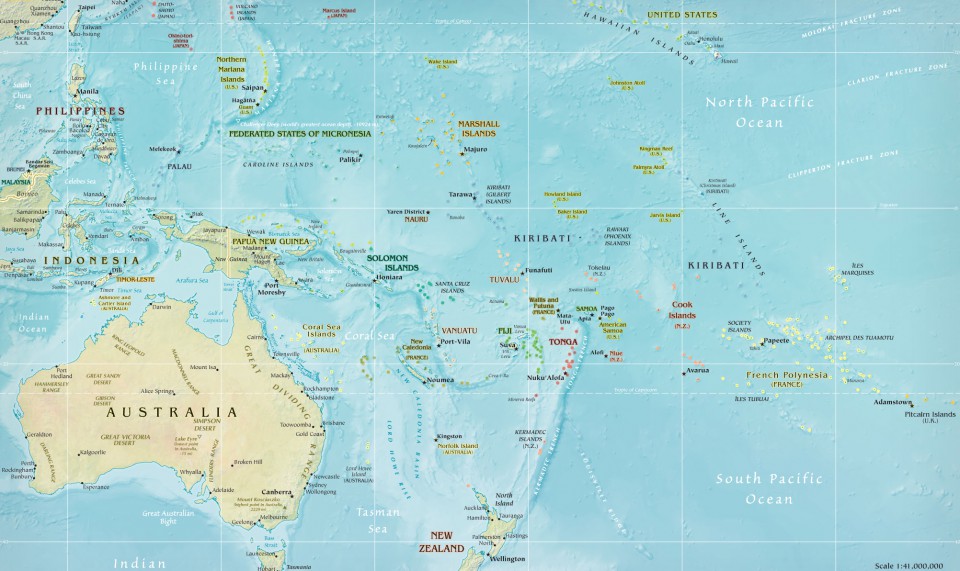Tags
developing an accurate history of Australian psychoanalysis, Freud’s rescue reported in Australia, Rescuing TROVE, We didn’t know all this when we began
Late in 2022 the National Library issued bleak news. It’s online archival resource, TROVE would close down in mid 2023 if it did not get substantial funding. The politics are complex, but briefly, it has taken a change of national government for the value of this resource to be properly acknowledged. For just this morning the announcement has come through. TROVE would be re-funded to the tune of 33 Million dollars over four years.. enough to go on with.
Here is that link. https://www.smh.com.au/politics/federal/funding-pledge-saves-national-library-s-trove-from-closure-threat-20230402-p5cxdn.html
TROVE has been instrumental in the development of this blog. I began with a question. What did ordinary Australian folk know and think about psychoanalysis during the twentieth century? The perception abroad was ‘not much’. And why would they? the argument went. These were the legendary Jack and Jills of all trades, the egalitarian bushman was assumed to be anti intellectual.
Nothing could be further from reality. TROVE threw up some answers. How the ‘Kalgoorlie Miner’ published a piece on Freud’s dreams in 1903, or republished it from the magazine Household Words; how the Workers Education Association ) WEA found its most popular choice of subject was psychology. During the 1920s and 1930s people living places as far away from the metropoles as the mining centres of Rockhampton and Charters Towers in Queensland, Broken Hill in far west New South Wales. These were the towns of the workers, and a particular political force in Britain well as Australia. People in the cities Adelaide, Brisbane and Perth read about Freud and his ideas in their local newspapers. Even the Catholic Advocate, speaking against psychoanalysis, based its argument on a knowledgeable reading of Freud. Interest in psychoanalysis was not limited to the medical profession in Australia. Nor was Australia too far away from developments in Europe. The overseas cabled news networks and Australia’s overland telegraph saw to that!!
Then there was the discovery and recovery of Ivy Bennett, Australia’s first trained lay analyst, a participant in Anna Freud’s first training program commenced in 1947. Bennett, an Associate of the British Psychoanalytical Society, practised in Perth from 1952 until 1958 when she returned to England to gain her full qualification with the British Psychoanalytical Society thus making her eligible for membership of the International Psychoanalytical Society.
Freud’s rescue from Vienna in 1938 was widely reported across the Australian nation as was his arrival in Paris on 6 June 1938. The famous photographs of him with Anna Freud, smiling from their train carriage window, were published in the ‘Daily Telegraph’ in Sydney, and Brisbane. Editors in those days did not spend so much money on images unless they were sure of recovering their costs.
TROVE’s rescue enables deeper study, interrogation of detail, and investigation of important historical questions in Australian psychoanalytic history, and certainly in other cultural arenas. We need accurate histories to understand where we come from, and how cultural institutions were formed.

Hi Christine That’s wonderful news! As a retired person deeply interested local history, my research would grind to a halt without Trove.
Christine,This is such good nwes..AGSent from my Galaxy
Fascinating to think so-called anti-intellectuals in Australia were interested in Freud and psychoanalysis, although by the 1950’s that interest had waned according to my experience in WA.
I agree. After the initial enthusiasm and hope of the 1920s and 1930s something changed… perhaps the War intervened and people became cynical.